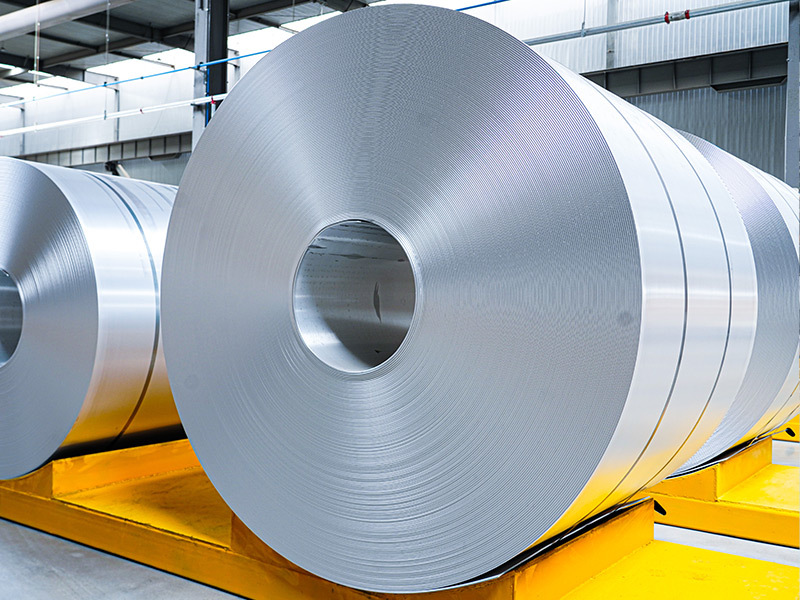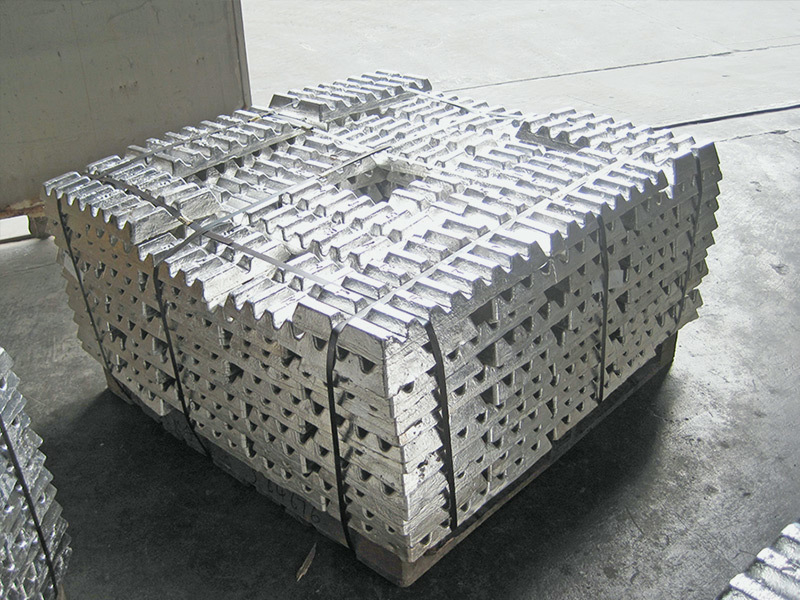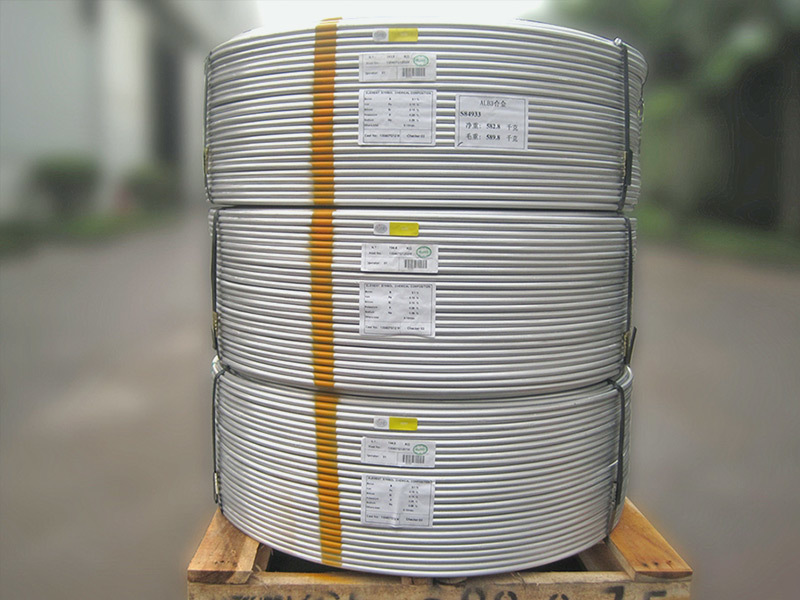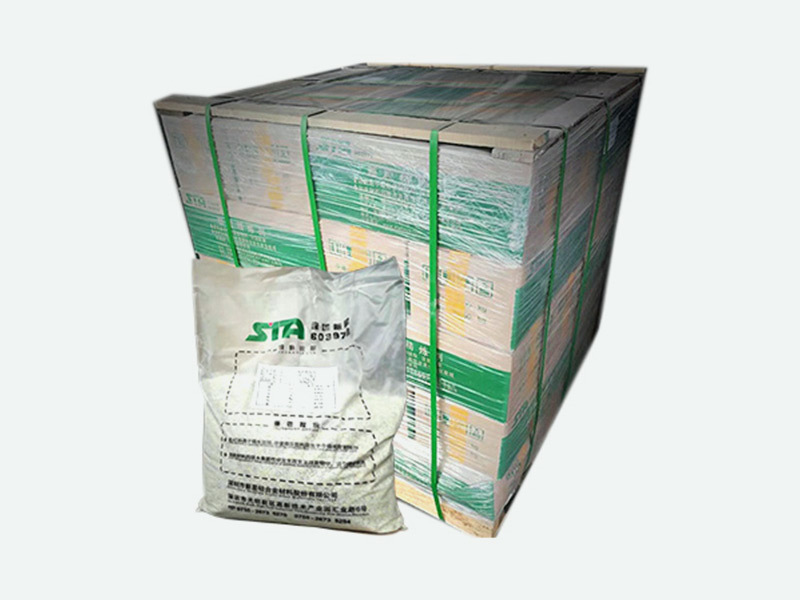Precautions for processing and forming of aluminium intermediate alloy
Release time:
2021-06-17
The aluminium intermediate alloy stamping die is too soft and expensive due to the relative metal material iron of the raw material. It is easy to break and some of its aluminium intermediate alloy products need to be produced and processed afterwards, such as metal wire drawing, anode * oxidation treatment, etc. It is especially easy to cause top injury and scratch during the production and manufacture of the stamping die.
The aluminium intermediate alloy stamping die is too soft and expensive due to the relative metal material iron of the raw material. It is easy to break and some of its aluminium intermediate alloy products need to be produced and processed afterwards, such as metal wire drawing, anode * oxidation treatment, etc. It is especially easy to cause top injury and scratch during the production and manufacture of the stamping die.
In the mold manufacturing level should pay attention to the following aspects:
Under the condition of not affecting the number of aluminium intermediate alloy engineering projects, punching is arranged as far as possible behind the engineering projects, and even for products with a large number of punching holes, it can be considered that punching is arranged behind the engineering projects for one more engineering project.
The aluminium intermediate alloy is too soft and the mold is more likely to be blocked by materials. Therefore, when the mold in the design scheme is placed in the gap, a gap with a thickness of 10% of the side material shall be placed. The straight depth of the wound shall be 2MM, and the smoothness shall be 0.8-1.
When aluminium intermediate alloy is bent and formed, because aluminium material is easy to cause iron filings during bending, which will lead to spot injury and imprint, aluminium raw materials need to be pasted with PE film. Under the condition of roller and electroplating process, it is advisable to polish and plate hard chrome for forming blocks.
aluminium master alloy is aimed at metal stamping parts that need to be produced and processed after yang * oxidation. If there is a paving and flattening process flow of 180 degrees, the products cannot be completely pressed together. Complete pressing will cause acid spitting. A seam of 0.2-0.3MM should be left to facilitate the successful and immediate discharge of acid solution. Therefore, limit switch blocks must be made in the process flow here and the calibration die must be higher than the die.











